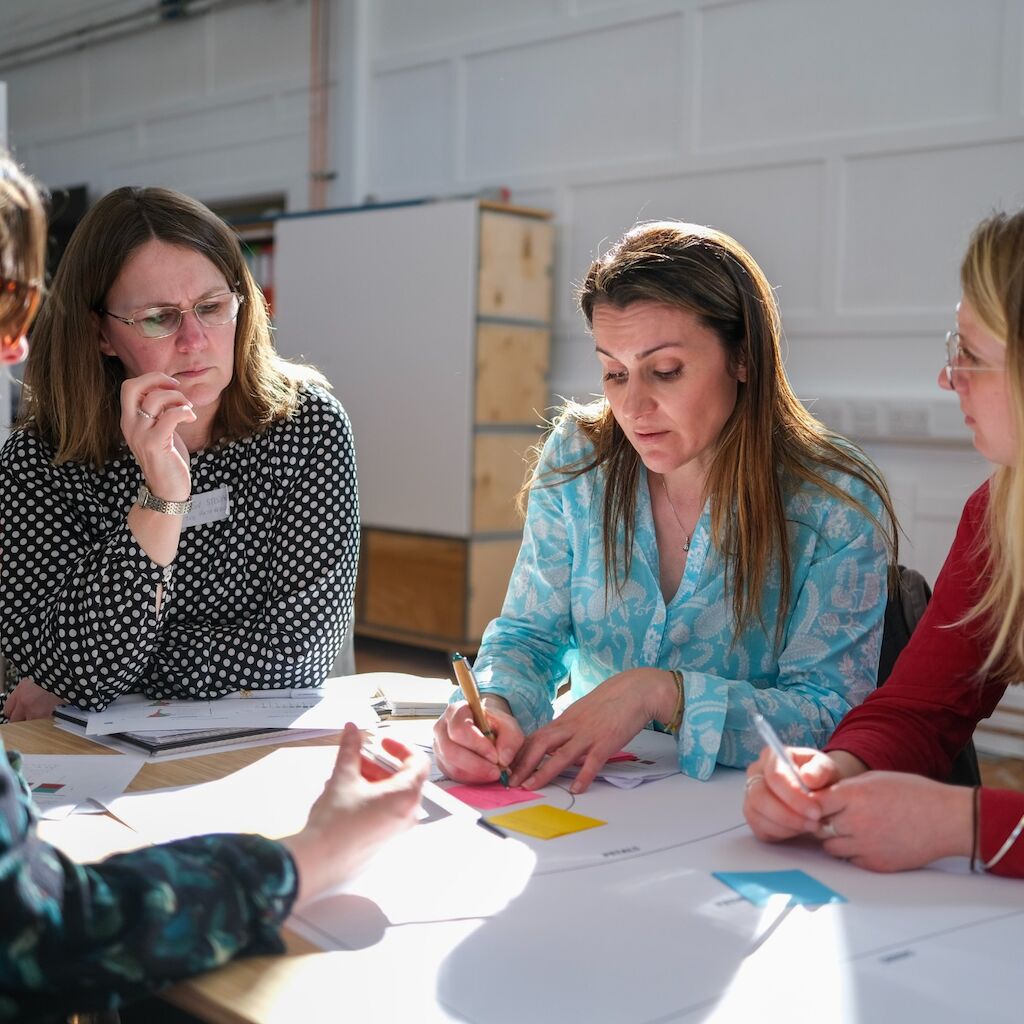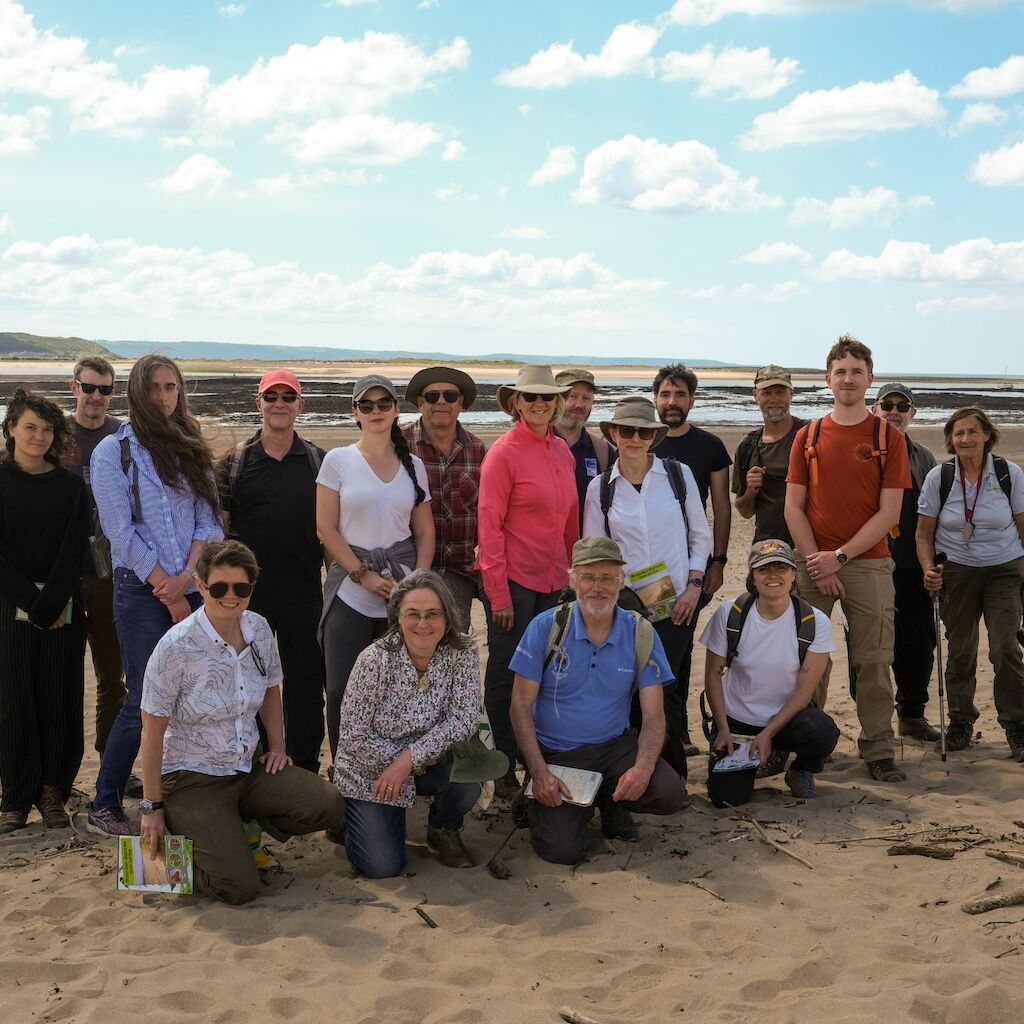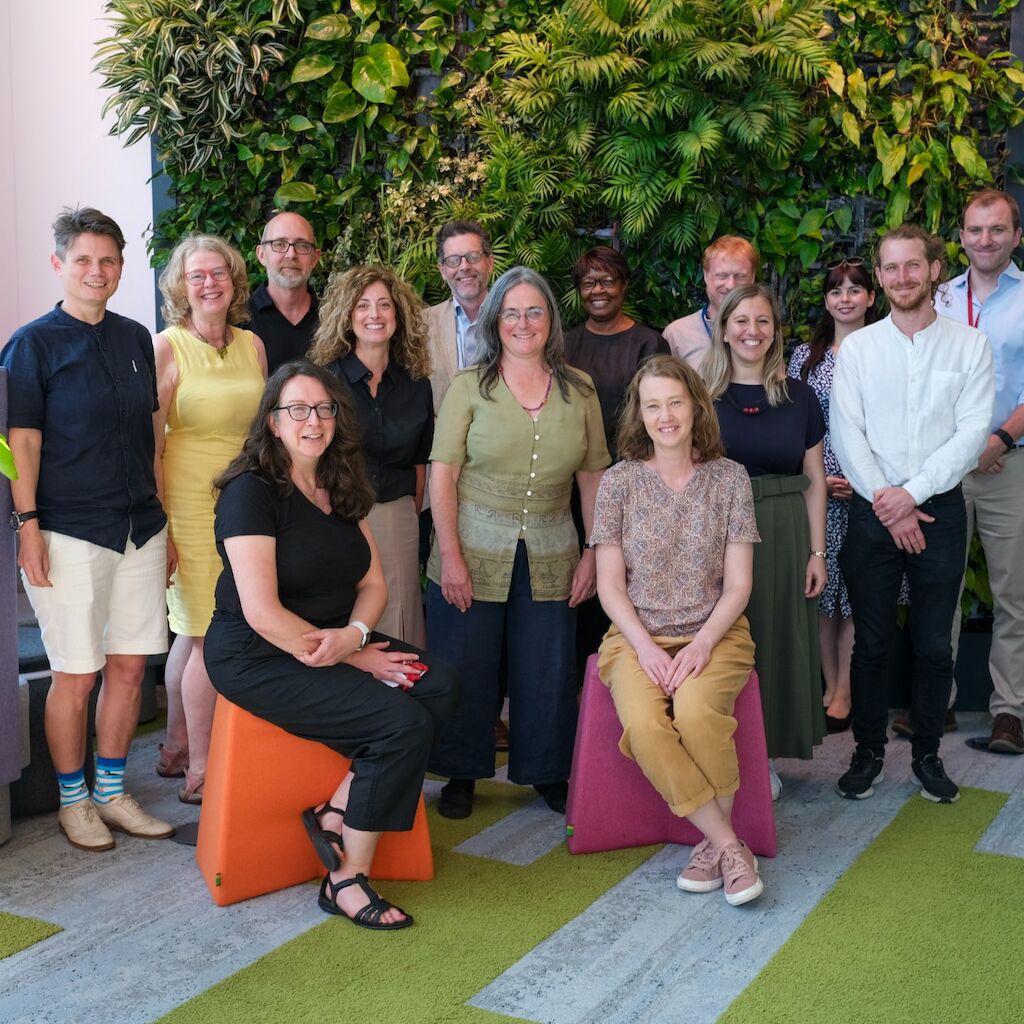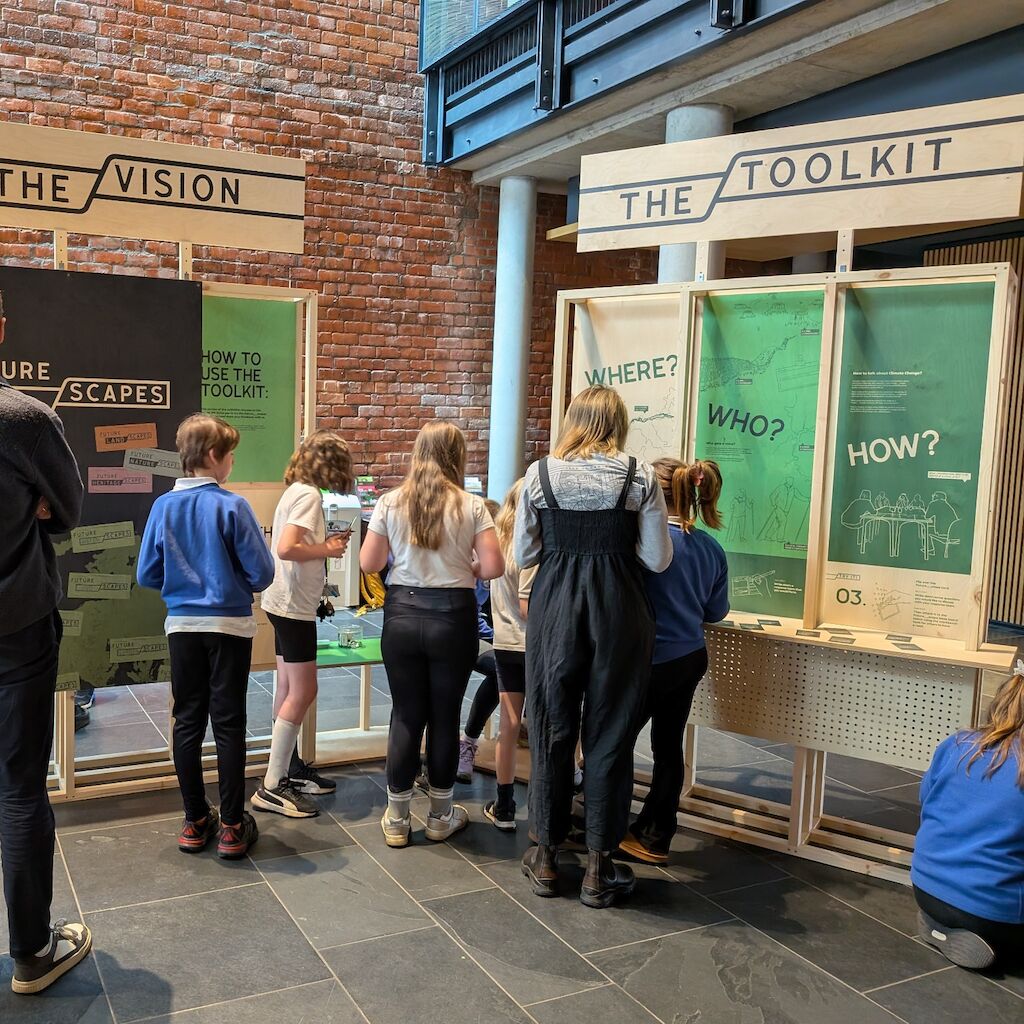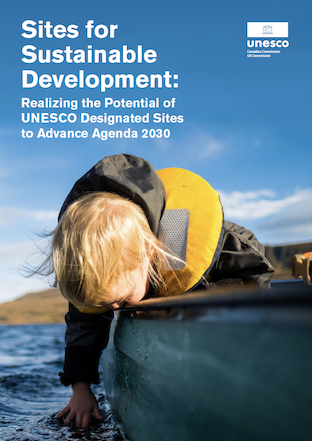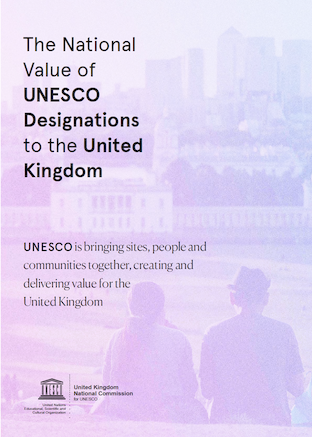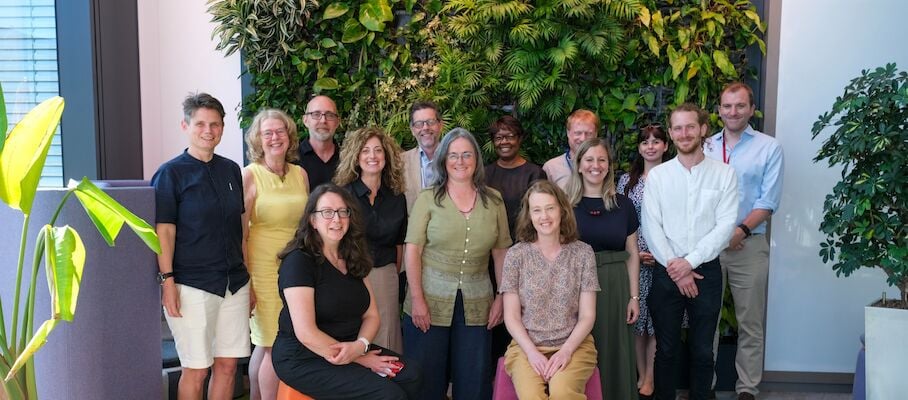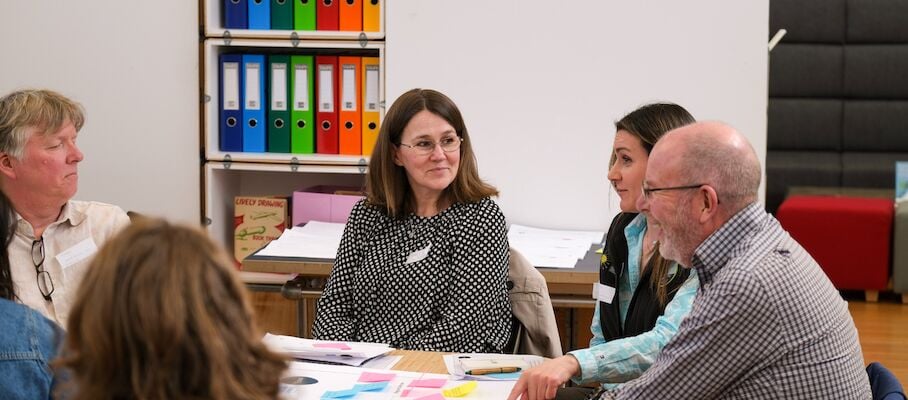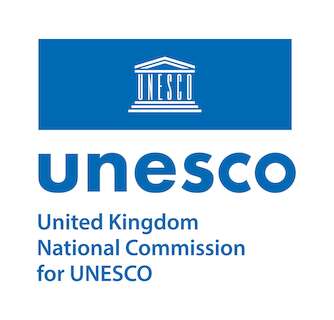Climate Change and UNESCO Heritage
The Climate Change and UNESCO Heritage pilot project brings public and private bodies and their data together within three UK UNESCO heritage sites to develop and test models of improved joint working, plus new approaches and data tools to share and analyse geodata effectively. The project aims to enable the development of cross-cutting solutions to the impacts of climate change and to develop shareable tools and models for natural and heritage sites worldwide.
The project has received £1.8 million funding through the HM Treasury Shared Outcomes Fund. The UK National Commission for UNESCO (UKNC) and the Department for Culture, Media and Sport (DCMS) was successful in our bid to receive funding from the third round of the Shared Outcomes Fund, as announced in November 2023.
"I am delighted to see some of our iconic UNESCO sites playing a central role in making sure we are able to protect our heritage assets against the threat of climate change. I look forward to seeing this project progress and uncover how we can make the best use of our data and expertise, so that we can continue to care for these important places and the communities they serve for generations to come."
Chris Bryant, Minister for Creative Industries, Arts and Tourism
Project Announcements
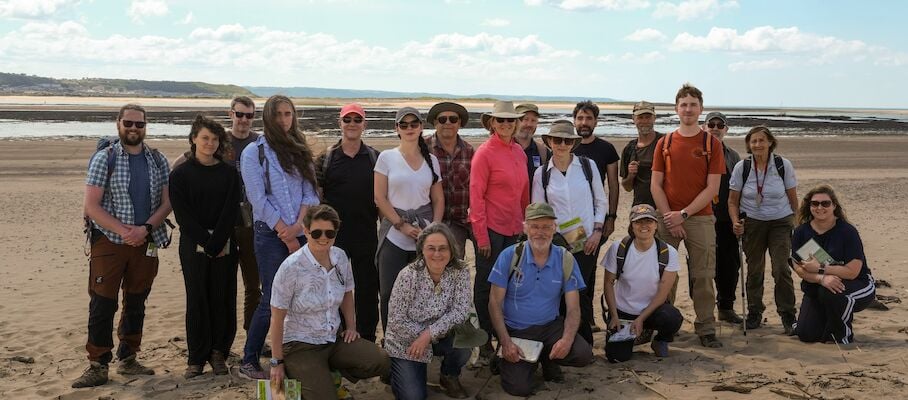
For the final cross-project event of the Climate Change & UNESCO Heritage (CCUH) project, colleagues from across the network convened in Barnstaple for a two-day programme of presentations…

